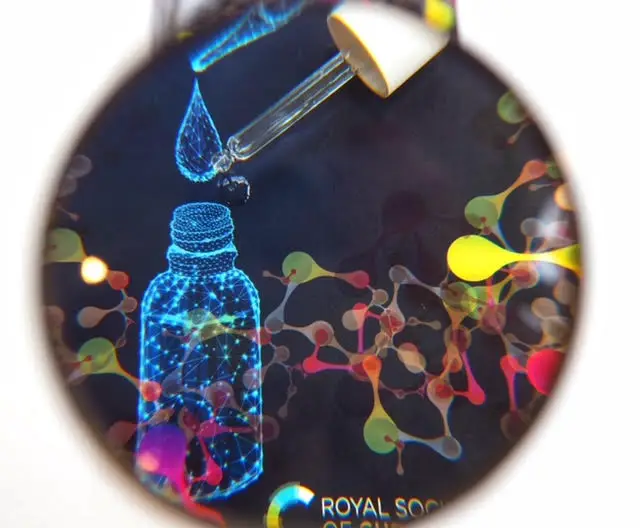[AD] When the Royal Society of Chemistry looked for a way to explain cosmetic science to consumers and lay readers. they went straight to the experts at the Society of Cosmetic Scientists to find five of our very best formulators. The resulting book is an open and clear path to understanding the skin care and beauty products that sit on your shelves.

We are in a mire of mis-information in beauty world – marketing speak, experts (cough) and social media have opened our eyes to the multiple product options but truthfully, are we clear on what we’re doing? I’m not, and this is what I do for a living! Essentially, Discovering Cosmetic Science is a novice guide and gentle approach to the who, what, why and where of how cosmetics are created, written for people exactly like us – the highly interested but generally baffled!
It’s a wonder that a layperson cosmetic science book hasn’t been written before given the burgeoning beauty market. Everywhere I go on the internet, there are skin care questions that lie unclearly answered or so complicatedly answered you are no better off than when you started. So, if you don’t know your NMF from your TEWL, it’s time to get reading! Natural Moisturising Factors and Trans-epidermal Water Loss by the way. As a beauty consumer this book is your armour from the cross-fire of marketing led beauty speak.

The thing about it is that it’s not a completely easy read – things are explained clearly and well but it will challenge you to think about why and what you purchase and help you understand the intricacies of formulation. In fact, it’s made me more appreciative of the products I have because at face value, we have no clue about the processes that need to be gone through. I’ve taken it in bite sizes – I prefer to dip in and out. The difference, for example, between Specular reflection and Diffuse reflection takes a while to absorb (for me, at least) but it’s crucial to know if you want to admire your new lipstick all over again for more than just the pretty colour.

There are questions I never even thought to ask answered in this book! Such as – how do surfactants create foam? The answer lies in reducing surface tension and adding air – but the amount of foam bears no relation to its cleaning ability. Who knew. How are peptides named? What are emulsifiers? What is rheology? Why do we have day and night moisturisers? Honestly, I feel a quiz night coming on!

Discovering Cosmetic Science is a science-based book but it’s chatty and clear and with a personality of its own – it’s not just bland text and the writing style keeps you wanting to dip back in for more. The afore-mentioned cosmetic scientist editors, Steve Barton, Allan Eastham, Amanda Isom, Denise McLaverty and Yi Ling Soong, have a grip on beauty speak overload – they get it that we in turn know much more than we ever used to and yet somehow are not at all clear on how to utilise what we know. Each has taken on chapters where their main expertise lies. A lot of knowledge gaps are filled here with words that we are familiar with and hear frequently as a beauty consumer suddenly making sense because there is the correct and digestible information around them.

I think we’ll be more savvy beauty consumers for having the book at hand and understanding what’s possible and what isn’t as well as filtering what is fact and what is marketing. It’s the key, really, to buying cosmetics with confidence rather than blind hope and chance. It’s £19.99 at Amazon HERE, but if you prefer not to use Amazon, it’s £22.95 HERE.


Leave a Reply